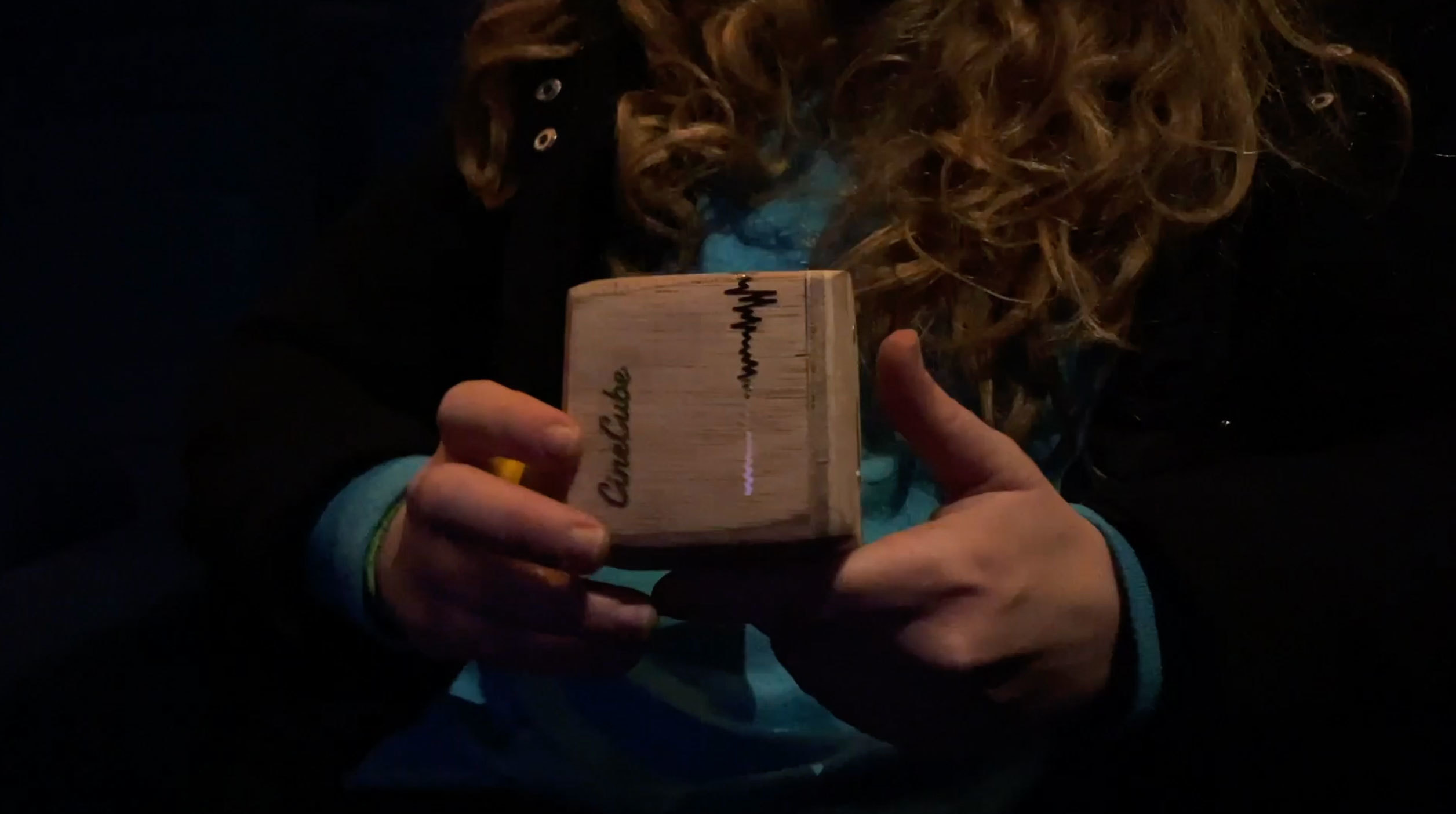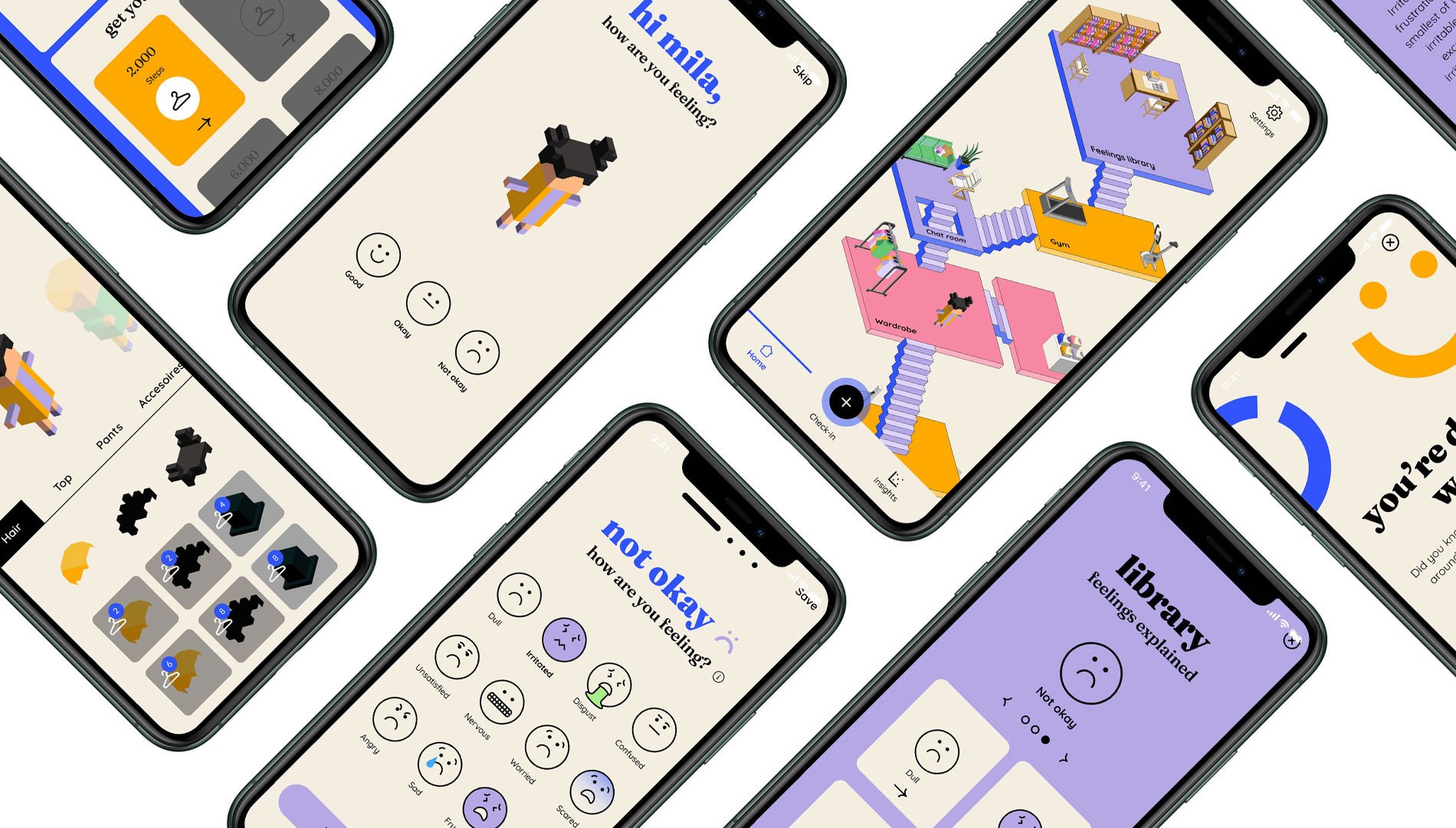
Amsterdam collective library
Knowledge preservation for and by Amsterdam residents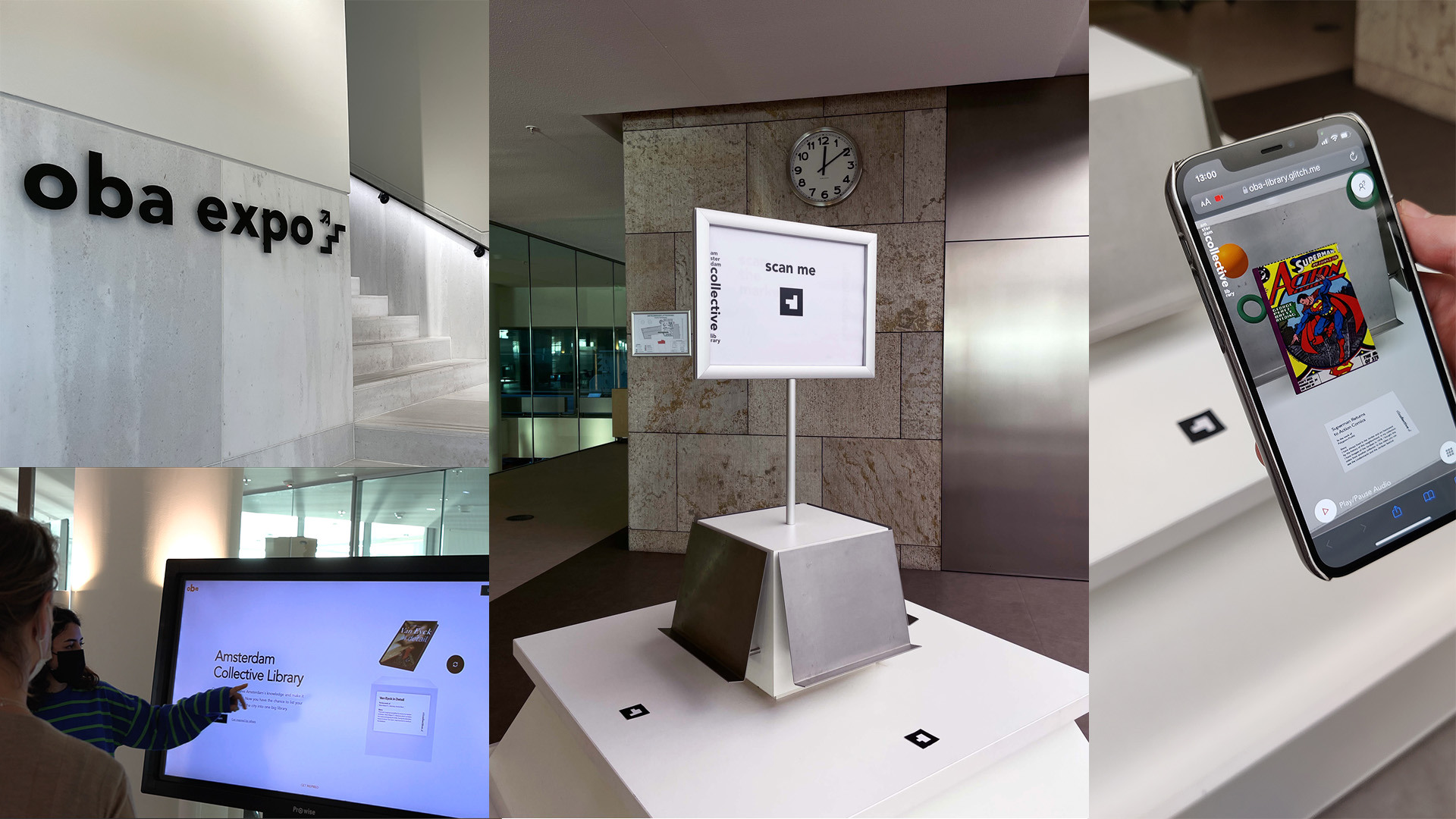
-
Client:
Public Library of Amsterdam - OBA
- Team:
-
Disciplines:
UX/UI
-
Schoolyear:
2021-2022
Generally speaking, it is very important that knowledge doesn’t get lost over time. The public library of Amsterdam (OBA) wants to make it easier for individuals to make their knowledge available to others. Therefore, they are looking for a user-friendly and scalable solution to connect the knowledge of citizens in Amsterdam with OBA's online library and ensure that the information can be found and shared.
The challenge is to find a way for Amsterdam residents to share their object and knowledge collections with the OBA library without having to actually give it to the library physically. Our solution consists of gathering and providing the data of these collections digitally via an API. Through the API, the data will be inserted into the OBA online library.
To achieve this goal, we made a web service that not only solves the problem but also motivates people to use it. Our solution has three parts: a website with an integrated form where users input the metadata of the collections, an AR experience in the library to showcase individual items and a marketing campaign to raise awareness of this new service.
First Steps First
We first researched about data collection, the target group and the goal of OBA. Therefore, we interviewed visitors at the main branch of OBA to find out what, how and why they would share their private collections. We found that they are mainly motivated by the sense of community and the opportunity to exchange ideas with like-minded people.
For the first solution, we had to find the simplest way to collect metadata of the collections which people in Amsterdam wanted to share with the OBA. We also wanted to make use of the data, beyond just gathering it and storing it somewhere. With the AR experience we created for the libraries we made something new and interesting that could be experienced in the OBA library itself. This is also a great way for people to discover the new service and be inspired to contribute their own collections to the OBA library.
To raise awareness about the new service, we created a marketing campaign on social media and a mixed media campaign with stickers placed throughout Amsterdam to let everyone know that they can help preserve the knowledge of the city.
Data collection website

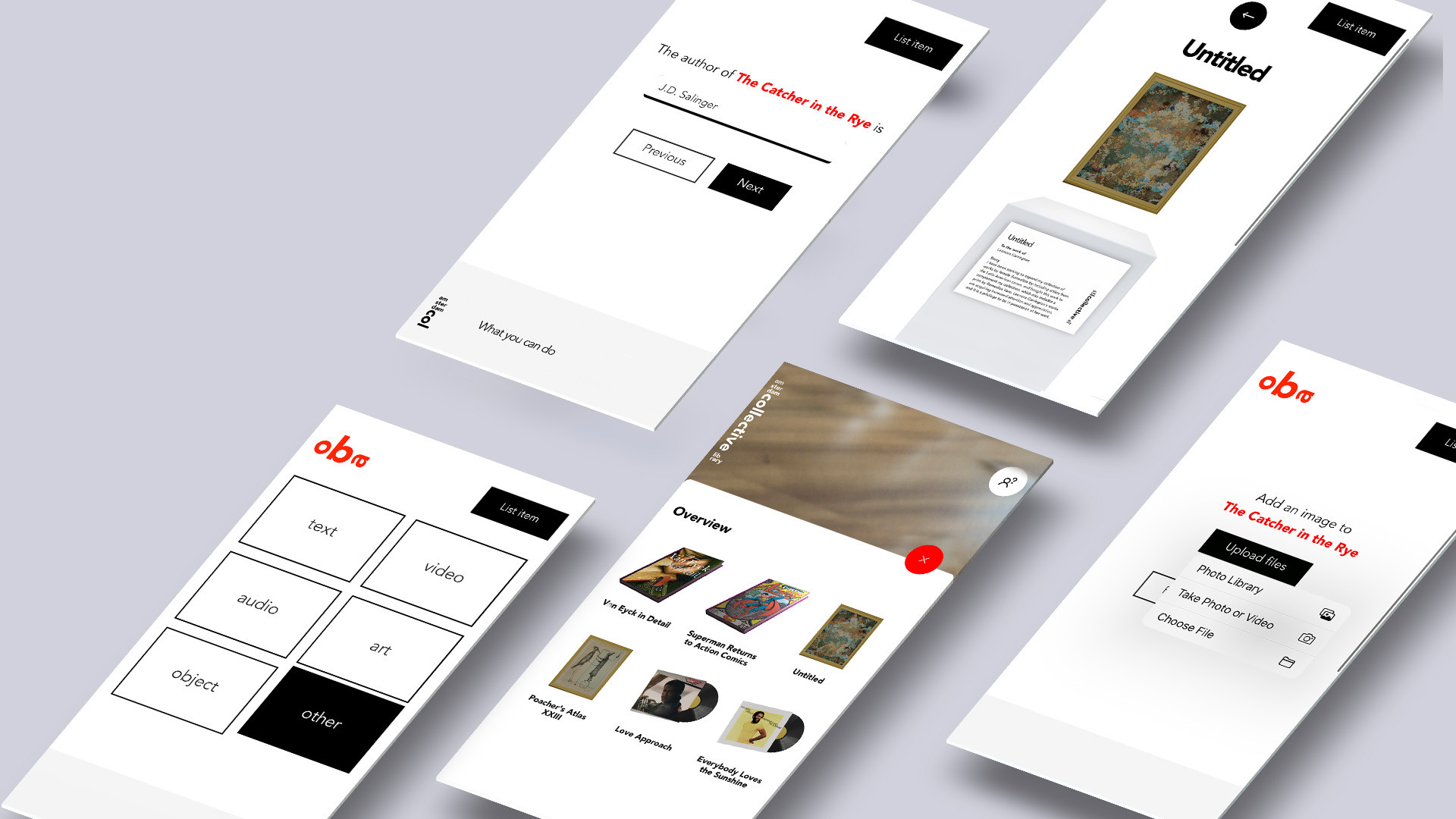
On the website, there is a quick introduction about what we are asking the user and what we intend to do with the data they provide. They can choose two different methods to provide this data. Inserting a single item will lead the user to a form that goes through all the following questions step by step in an easy to follow way. If the user is already familiar with the flow and wants to insert multiple items in a streamlined way, they can use another form that is made for fast inputs.
AR experience
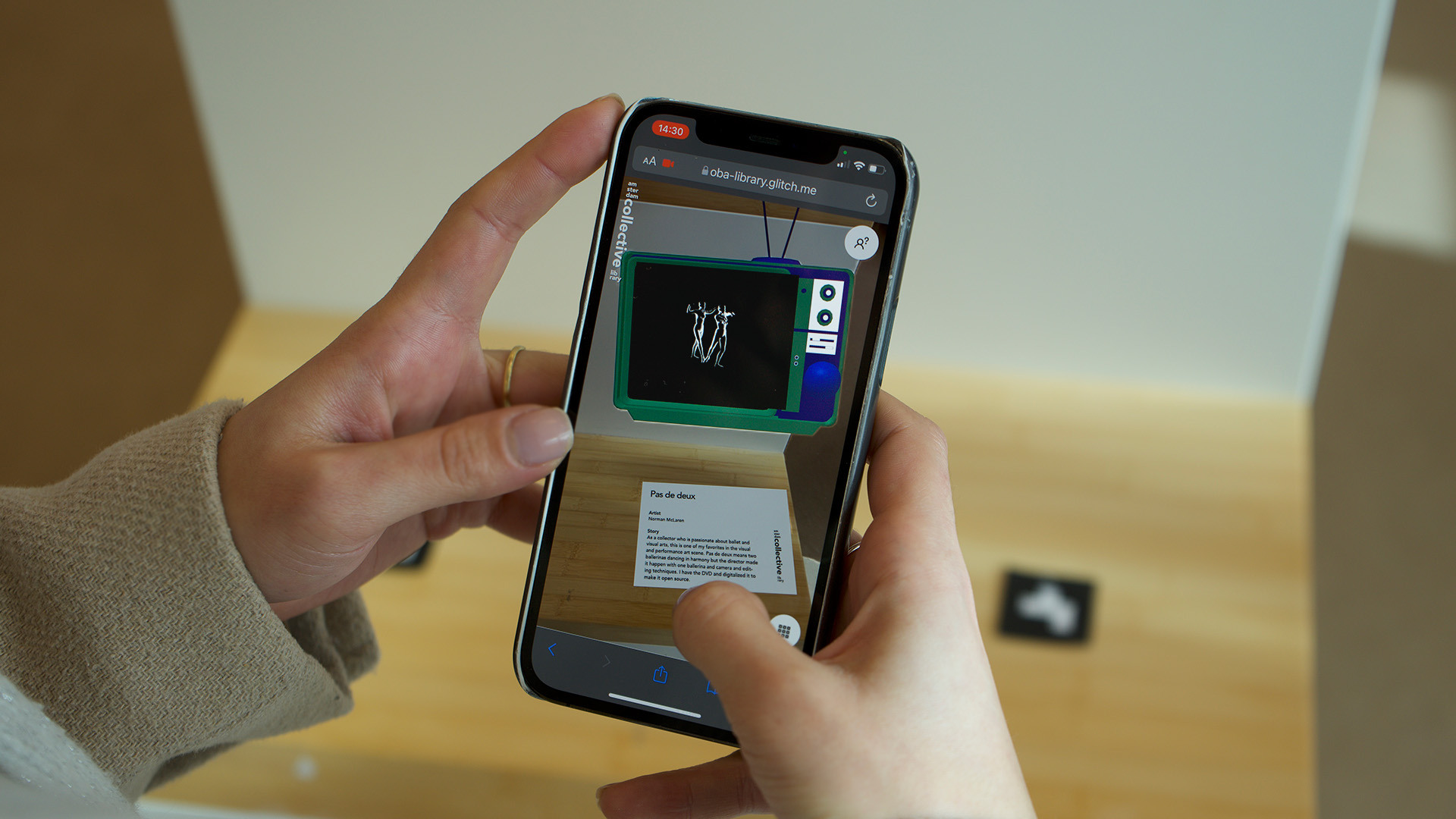
In the main OBA library branch, we hosted an exhibition where items that are uploaded on the collection website are displayed using Augmented Reality. Using a smartphone camera, visitors can scan a QR code to start the experience. They can go over markers in the exhibition to see the 3D items in AR. Each item is complemented with descriptive text which describes the story of the owner as well as their connection to it.
Marketing campaign

Finally, we worked on a social media marketing campaign which creates visibility for the new items that are shared through the website. Next to this, we designed stickers with QR codes that can be placed throughout Amsterdam. Scanning the QR code will lead users to our website where one specific item can be viewed in AR using a smartphone camera. Because these stickers can be strategically placed in Amsterdam, the item displayed is related to the location where the code is scanned.
In the future, the AR experience can be updated weekly so that with every visit to the library, there will be something completely new to look at, while the physical exhibition remains the same.

